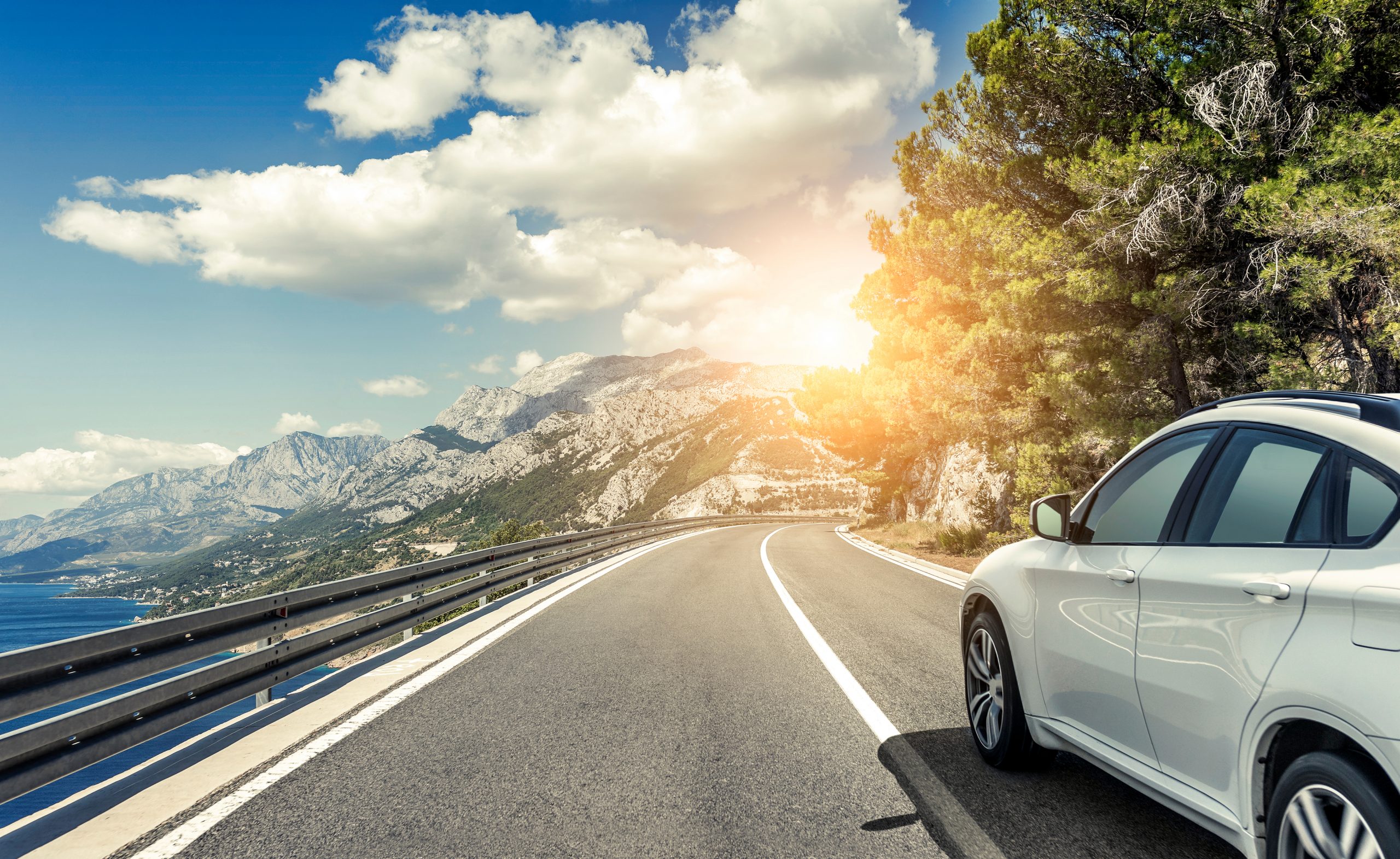Driving in summer season

Driving in summer season
If people had to name the worst season for driving, many would probably think of winter, with its slippery roads and high snowbanks that make it difficult for drivers to see their surroundings. Yet even with clear streets and generally easier conditions, summer roads have their own challenges. Driving in the summer season can be both relaxing and dangerous at the same time, but drivers can find ways of making it as safe as possible for themselves and anyone else on the road.
The pandemic in 2020 made many of the usual summer activities difficult or impossible, but even then, summer was a time for getting out onto the road. As the Canadian Automobile Association South Central Ontario website notes, summer activities can involve large loads of equipment which may be inside or on top of the vehicle.
Basics of Summer Driving
Camping gear or other equipment weighs the vehicle down and can change its centre of gravity, while also potentially blocking the driver’s view of the road. Packing the vehicle efficiently can help, but drivers should also be aware of the possibility that the gear can shift with the movement of the vehicle, and it may be necessary to stop and reorganize the vehicle’s contents to keep all windows clear of obstructions.
As always, drivers should avoid alcohol, stay alert, fasten their seat belts, and avoid risky behaviours such as weaving in and out of traffic. Some roads, especially the ones leading to and from beach or cottage areas, can be very busy, and drivers may be tempted to try to get ahead of other vehicles. However, frequent lane changes can be dangerous as drivers move into others’ blind spots and potentially cut each other off.
Fatigue
On the long drives that tend to come with summer, fatigue is a major issue. According to the Traffic Injury Research Foundation, based near Ottawa, fatigued or drowsy driving may have been responsible for crashes involving approximately 167,000 Ontario drivers in 2006. The Ontario Ministry of Transportation calculates that 26 percent of all crashes involving injuries or fatalities were related to drowsy or fatigued driving.
While drowsy driving can occur at any time of the year, people are more likely to go on long trips in summer than in winter and to experience the fatigue and sore muscles that come from hours behind the wheel. The heat and bright sun can also induce fatigue more easily than the colder weather can, potentially causing crashes as drivers are overcome by sleep.
Animals and other dangers
Other dangers also tend to be greater in summer than in winter. As Rebecca Iannucci notes in her May 2019 Reader’s Digest article, wild animals tend to be more active in summer than in winter. Hitting a large animal like a deer or a moose can be deadly, and drivers need to be especially careful in the hours around dawn and dusk when animals tend to be most active. After dark, drivers should watch for the glow of animals’ eyes near the roadway, as they may dart across at any point.
Although road surfaces are generally much better in summer than in winter, rain can bring the possibility of hydroplaning to summer streets. When water mixes with dust and oil on the road, it creates a thin layer of slick material that can cause tires to lose their grip on the road and vehicles to skid. At this point, drivers should stay calm and release the accelerator gently as they attempt to regain control of their vehicle.

In bad weather, drivers tend to respond by slowing down and being more careful than usual. Still, some people still drive too quickly or recklessly for the conditions, potentially endangering themselves and others. In a possible crash, they might not be able to react quickly enough to avoid an accident. Drivers need to give themselves enough room and time to move out of the way of another vehicle or to stop for a pedestrian.
Other Road Users
Watching for cyclists is also essential. People on bicycles can easily lose their balance, and they may need to swerve out of the way of debris or grates in the road, possibly moving unexpectedly into traffic. Motorcycle riders can also experience many of the same issues. Both cyclists and motorcyclists have far less protection against injury than drivers have, and it is important to give them enough space.
Although summer might seem like a much safer time to travel than in winter, it can be more dangerous. As Eric Novak notes in June 2014 Global News article, more accidents happen on Canadian roads in summer than in winter. Part of the reason is the common belief that drivers need to exercise less caution in summer than in winter. People also tend to be out on longer excursions and to have a carefree attitude as they go.
Heat and Sun
Good preparation can help reduce the problems that people tend to encounter. Vehicle maintenance is important, especially for longer trips when people leave cities and towns to more remote areas where service stations may not be available. In addition to staying alert and sharing the road with others, drivers need to be careful of the heat that often comes in summer. Keeping the engine from overheating is important, and drivers should be careful to take breaks at regular intervals.

The power of the sun is easy for people to forget when they are driving. Getting a sunburn is a possibility on long trips with the sun beating in, and all vehicle occupants should remember to have sunscreen with them. Sunglasses that allow drivers to see both the dashboard and the outdoors are important, but even passengers should remember to protect their eyes from the sun shining into the vehicle. Having water to drink can also help protect vehicle occupants from the effects of the sun.
When summer comes, people want to get out to enjoy nature and to see interesting places. Summer driving has its challenges, but it can be a good way of getting outside to experience the warmth and interesting sights of the season.
